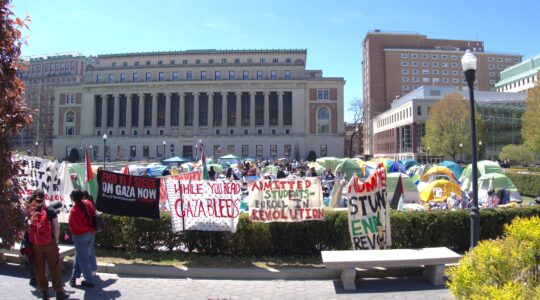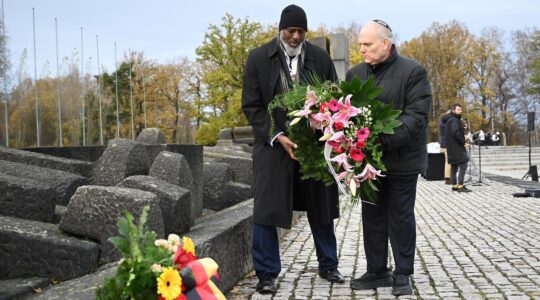The ongoing discussion of how to address being gay in the Orthodox community is a nuanced one, both in terms of how to preserve halacha and the associated cultural issues it raises (“Nefesh Head Backs Away From ‘Torah Declaration’ On Gays,” Jan. 6). While the signers of the “Torah Declaration” are clearly compassionate and well intentioned, I believe they are misguided.
As a psychologist, I wonder about the ethics and outcome of reparative therapy and whether identifying as “straight” following therapy reflects actual changes in patterns of arousal and attraction to
the same gender.
Sexual attraction is not a malleable and changeable “behavior.” I fear that the reparative therapy recommended by the signers of the document may give false hope and reinforce a sense of shame and rejection to people who already feel they are on the outside of their community.
I would pose the following question to the signers of the Torah declaration: would you want your daughter to marry a same-sex-attracted man who has been treated with reparative therapy? The answer (which I suspect for most would be a “no”) may clarify the desire to find an easy solution to a sexual identity that is neither an agenda nor an illness, and the anxiety around what is to be done if being gay cannot be “overcome.”
Only after a consensus is reached about this can we as a community begin to tackle the issue of whether or not centrist Orthodoxy is willing to create room for people who are gay. This, I believe, is the source of confusion and fear for the 16-year-old struggling with “what steps to take” — whether or not he will still be counted in and among his community.
Assistant Professor of Psychiatry and Behavioral Sciencs, Albert Einstein College of Medicine
The New York Jewish Week brings you the stories behind the headlines, keeping you connected to Jewish life in New York. Help sustain the reporting you trust by donating today.




